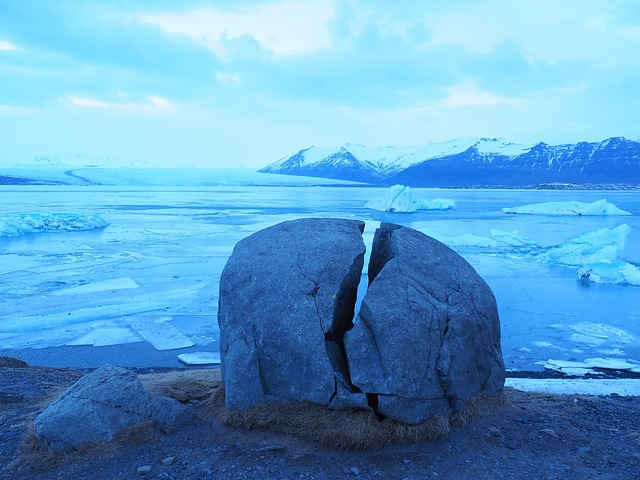Salty marshes, those serene expanses of brackish waters and lush vegetation, serve as crucial ecosystems within our environment. These vibrant coastal areas, teeming with life, not only provide a habitat for countless species of wildlife but also act as natural buffers against storm surges, helping to protect our shorelines. However, the looming threat of climate change casts an ominous shadow over these vital marshes, leading to deep-seated concerns about their future.
As sea levels rise and temperatures climb, the delicate balance of salty marshes is increasingly disrupted. One of the most pressing concerns is the impact of saltwater intrusion, whereby rising sea levels allow seawater to encroach further inland. This transformation alters the composition of the soil and can devastate freshwater habitats that many species rely on. The flora and fauna adapted to thrive in these unique ecosystems are unable to cope with such rapid changes, resulting in a tragic loss of biodiversity.
Additionally, climate change intensifies the frequency and severity of storms, further endangering these marshes. With more powerful hurricanes and flooding events on the horizon, the structural integrity of these ecosystems is put to the test. The very grasses and plants that have withstood fierce gales for centuries are now at risk. Losing these vital plants not only jeopardizes the wildlife that depend on them but also exacerbates coastal erosion, leading to more significant environmental and economic consequences.
The human connection to salty marshes also underscores the emotional weight of this issue. Many communities rely on these ecosystems for their livelihoods, engaging in fishing, tourism, and recreation. As salty marshes decline, so too do the traditions and ways of life that have been nurtured along their shores. The loss is not only environmental but also cultural, affecting generations of people who have found solace and sustenance in these unique landscapes.
Moreover, salty marshes play a crucial role in carbon sequestration. They act as natural carbon sinks, absorbing significant amounts of carbon dioxide from the atmosphere. However, as climate change accelerates, the ability of these marshes to sequester carbon diminishes. This creates a troubling feedback loop, wherein the loss of marshes leads to increased CO2 levels, further exacerbating global warming.
Understanding and addressing the impacts of climate change on salty marshes must become a priority. It is essential to take action—preserving existing marshes, restoring damaged areas, and implementing measures to mitigate climate change. Engaging with local communities to foster awareness and promote sustainable practices is fundamental to ensuring these ecosystems remain viable. Together, we can forge a path toward protecting these precious landscapes for future generations, maintaining both their ecological and cultural significance.
As we stand at this critical juncture in history, our collective responsibility to protect salty marshes grows ever more urgent. Through education, conservation, and collaborative efforts, we can combat the forces threatening these beautiful environments. The time for action is now.



